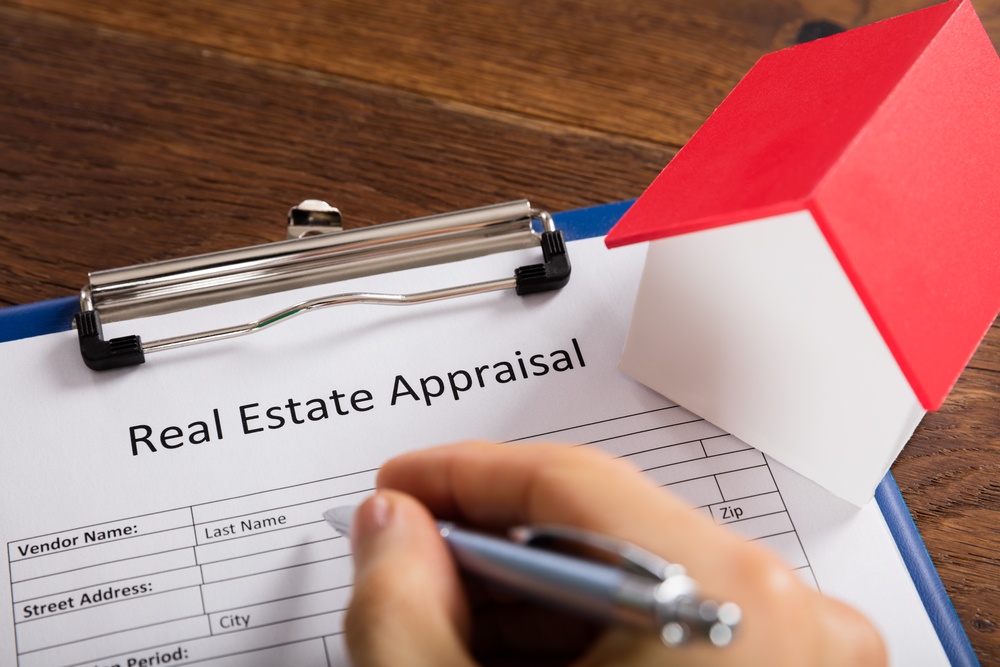
Would-be homeowners are more than familiar with the varied costs associated with the home-buying process. Between credit reports, document preparation, mortgage loans, homeowner’s and title insurance policies and land surveying, there are more than a few steps to purchasing property, and most come at a price. If recent reports are any indication, one of those steps is growing a little more complicated – the appraisal process is facing new rules and regulations that will directly impact both appraisers and consumers. We’ve highlighted some of the major changes that all appraisers need to know:
Fewer Available Appraisers
According to industry experts, appraisal fees are about to jump. The reason for the rate hike? It’s all about economics: Simply put, the demand for property appraisals is growing while the number of appraisers is declining. As older appraisal specialists age out of the industry, new appraisers are needed to fill their place in the labor force. However, recent regulations (enforced via the end of the Home Valuation Code of Conduct [HVCC] and congressional approval of the Dodd-Frank Wall Street Reform and Consumer Protection Act) have rendered trainee appraisers ineligible to conduct independent appraisals. It’s a matter of supply and demand, and in this case, the latter outweighs the former. As a result, appraisal fees are expected to increase, with consumers bearing the brunt of the change.
More Appraisal Management Companies
Under the same new ruling, any appraisal management company (AMC) that falls under the control of a federally regulated financial institution now requires federal and state regulation. In essence, these AMCs recommend “approved” appraisers, whose payment they issue as a separate transaction at the close of the property purchase process. Because independent appraisers who pay for inclusion in an AMC might very well raise their individual rates to accommodate the added expense, it’s entirely possible that this increased regulation will contribute to the elevation in appraisal fees paid by potential homebuyers.
“Higher-Risk” Mortgage Requirements
As another condition of this Dodd-Frank act, creditors cannot issue “higher-risk” mortgage loans (determined on the basis of their annual percentage rates) to consumers without a written appraisal being conducted first. What’s more, a second appraisal may be necessary depending on the property’s intended use and/or the price at acquisition.
New Appraisal Reports
With the introduction of the Uniform Appraisal Dataset (UAD), standardized codes have replaced the traditional ratings system originally used in property appraisals. Along with these new rating guidelines, the UAD is accompanied by updated definitions and abbreviations required to ensure UAD-compliant appraisals.
If there’s one thing the appraisal industry isn’t, it’s static. As a result, it’s critical that appraisers and consumers alike stay informed of recent changes to industry standards and regulations, including fee increases, new definitions and changing requirements. Whether you’re performing appraisals or purchasing a piece of property, be sure to do your research on the latest guidelines – it’s an investment worth making.
* Image courtesy of stock.xchng





















